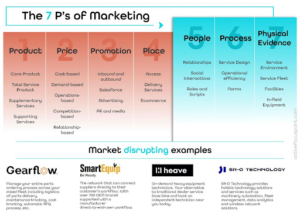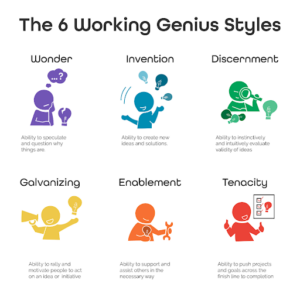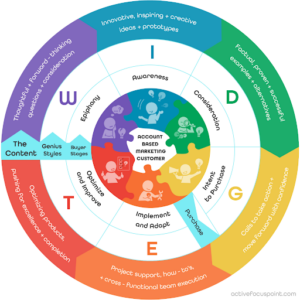Combat the Mid-Year Slump
Combat the Mid-Year Slump
Guest writer Jennifer Albright is back this week, with practical words on how we can all combat the mid-year slump.
And suddenly…we’ve entered the second half of the year. In January many of us are full of New Year, New Me attitude and full of energy in anticipation of everything they’re going to accomplish in the coming year. But somehow by the time we reach July it’s more of a “how did we get here so quickly?” type feeling. A “where has the time gone, year-end is going to be here before you know it” vibe. A lot of my colleagues have expressed feeling burned out and overwhelmed.
So, what can we do to get back to where we were – full of hope and looking forward to the year ahead? Here are a few things I do to change my outlook when the summer slump hits.
Take a vacation! Seriously. Even if you can’t leave town, taking some time off can-do wonders for the mind and body. Get some rest. Catch up on whatever random chores you’ve been meaning to do. Binge Ted Lasso and sit on the sofa with the good snacks. Work in the garden, play with the kids, plan some date nights with your other half, spend time with friends. Whatever serves to help you reset and relax. Don’t pretend you don’t have time.
Pull out the strategic plan you so excitedly put together back in December/January. How have things been going? Is there a task that you’ve been putting off that can be revisited? Do January’s goals still align with today’s priorities? For me, it can be easy to get bogged down in the everyday grind so special projects can fall by the wayside if I’m not making a conscious effort to get them done. But on the flip side I’m also a list person so being able to check things off brings a ridiculous amount of joy. I tend to take the snowball approach – finish the smallest tasks first, then use that momentum and feeling of accomplishment to attack more significant projects.
If you find that you haven’t had the time to deal with anything on your 2023 plan, that’s okay – there’s still time. Put a weekly or monthly reminder in your calendar or schedule a recurring meeting to give yourself time to focus on these tasks. If you’re easily distracted, the structure of a scheduled meeting can help to ensure that you put in the time and energy to get these things done.
For tasks that you have completed, have you been measuring progress? Too often we check items off a list, never to be thought of again. If you’ve implemented a new system, are you using the data to create value? If you’ve negotiated new supplier contracts, have you measured cost savings or efficiency to ensure that what you’ve put in place is having the intended effect? Survey your folks to see if the initiatives you’ve put in place are solving the challenges, you’d set out to solve. Fine tune where you can – this not only builds trust within your team and shows that you’re listening and care about their input, but it ensures that you’re getting the most value for your efforts for the long haul.
Finally, sing your praises! Too often no one knows what we’ve accomplished unless we tell them. Why wait until your next performance evaluation? Sharing your wins gives you positive free press and opens a dialog with your colleagues where you can find new initiatives that need attention or ways to make what you’ve accomplished even better. It can also prevent duplication of efforts; if others don’t know what you’ve done, they may be trying to address the same challenges and inadvertently waste time that could be better spent elsewhere. In turn, this is a great way to generate some much-needed motivation and re-gain momentum to finish out the year strong.
To sum up, this can be a challenging time of year, but it doesn’t have to be. Take a break if you need one. Revisit what you said you were going to accomplish and see how you’re measuring up. Measure results and talk to your colleagues to make sure that what you’ve done is hitting the mark or adjusting as needed. And finally, be sure to share what you’re doing.












